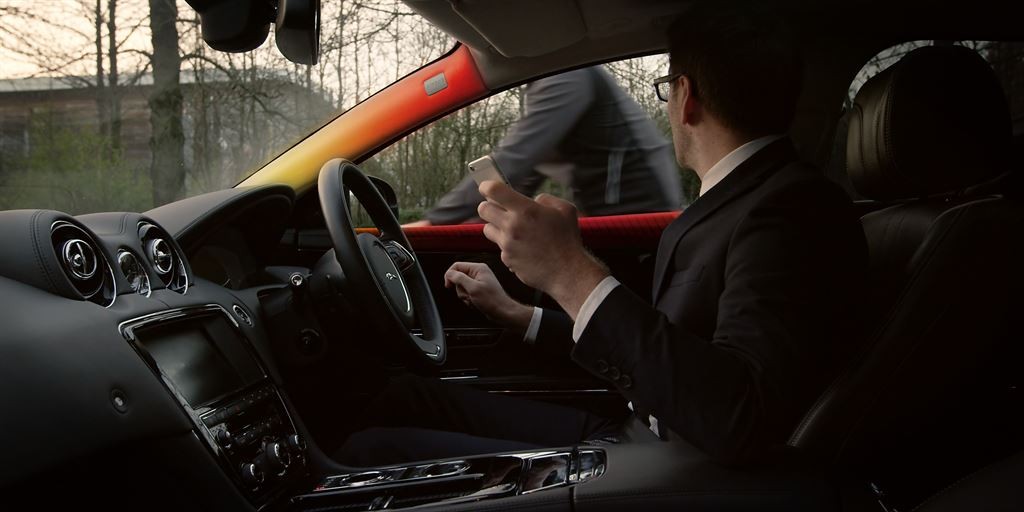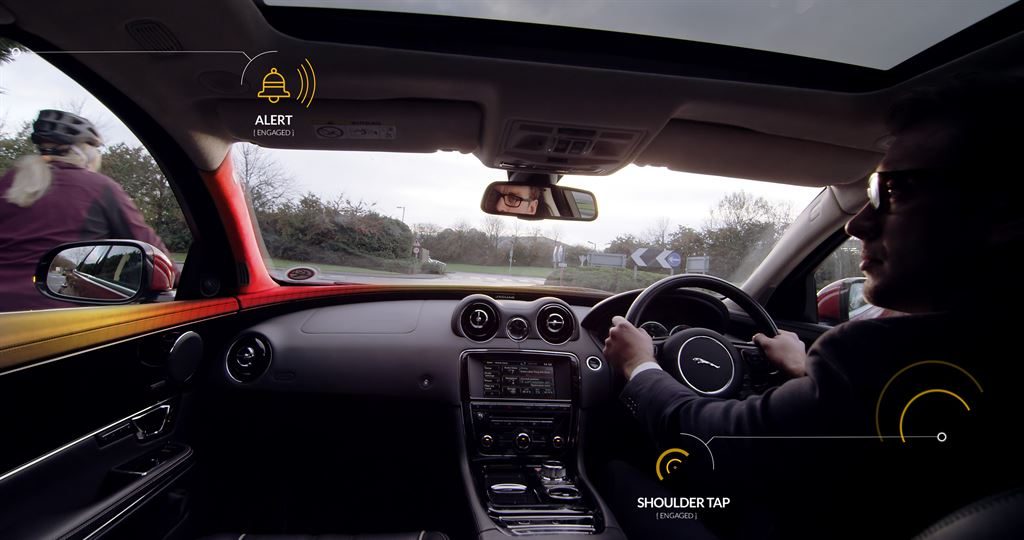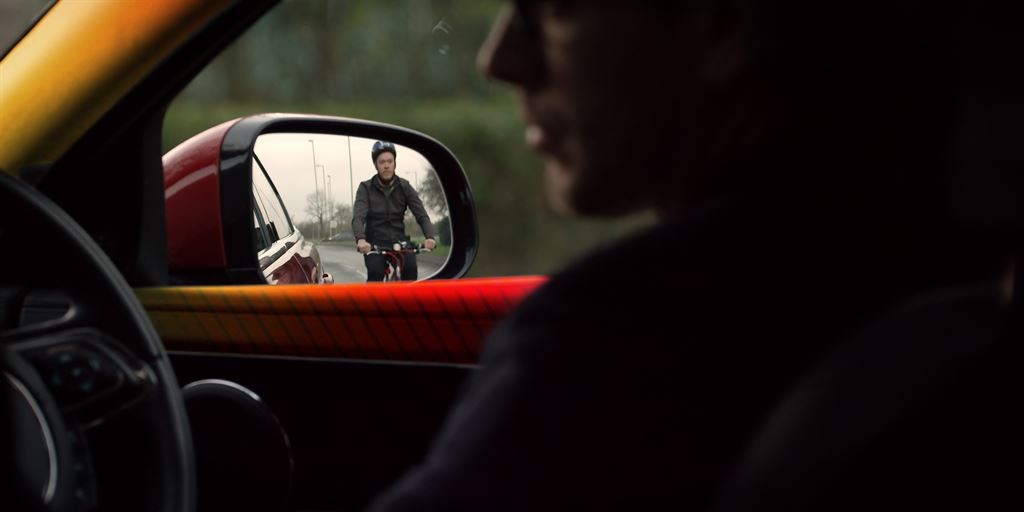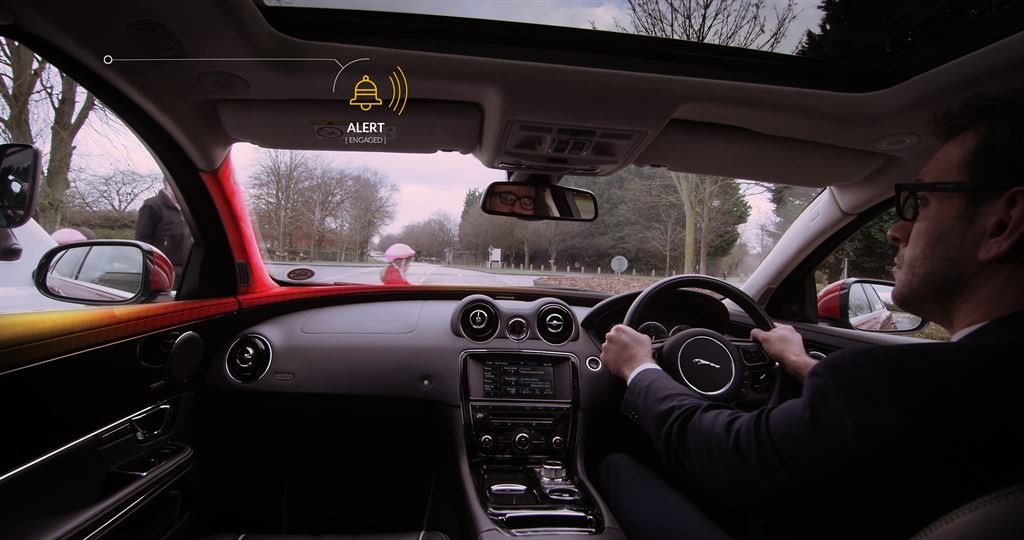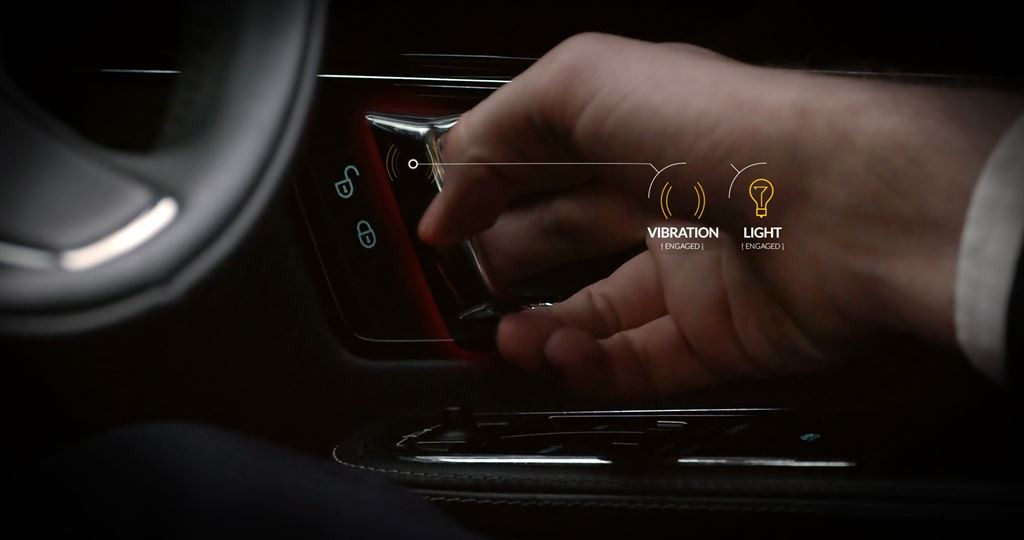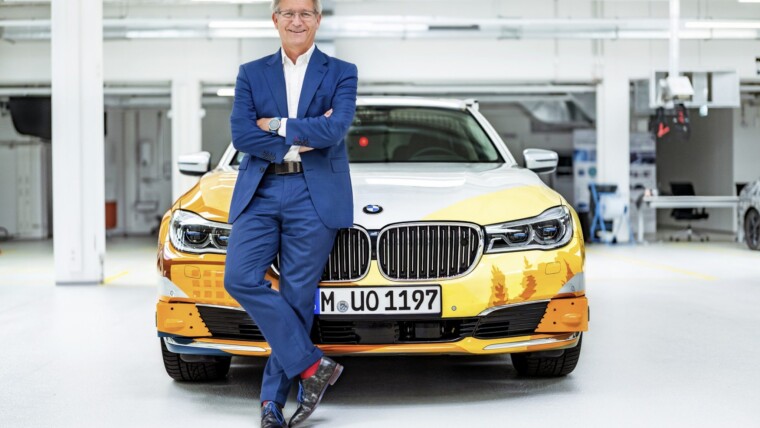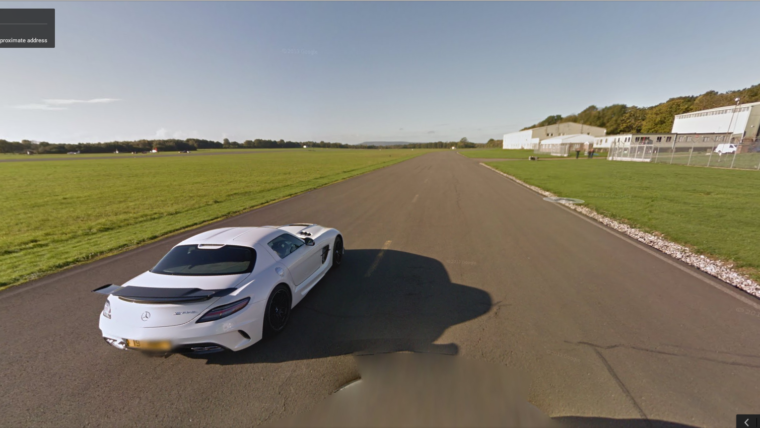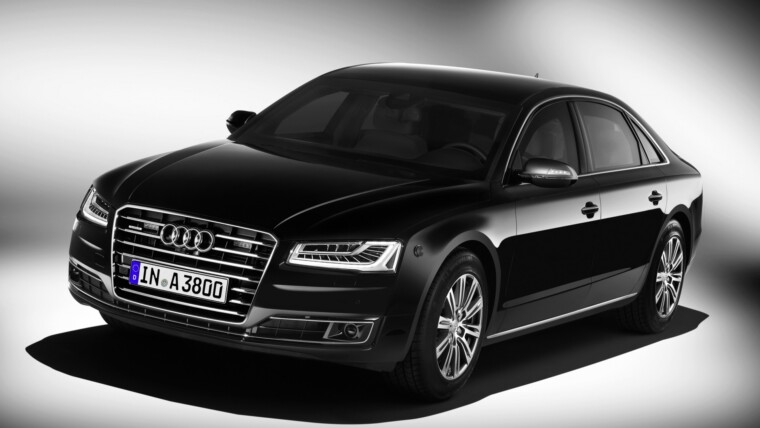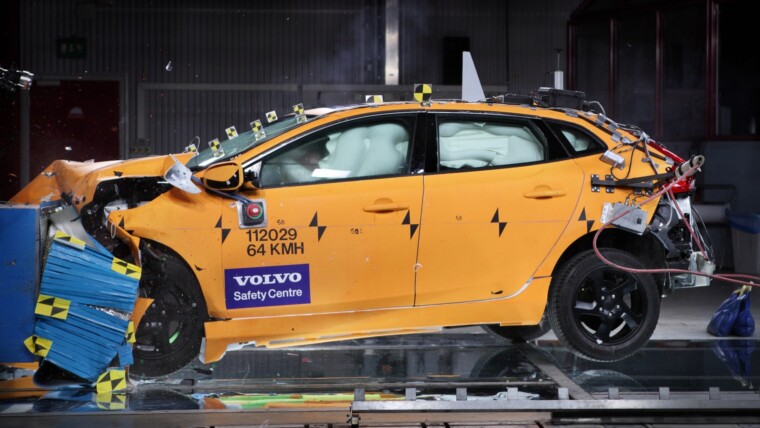Jaguar Land Rover is developing a range of new technologies that would use colours, sounds and touch inside the car to alert drivers to potential hazards and prevent accidents involving bicycles and motorbikes.
Sensors on the car will detect when another road user is approaching and identify it as bicycle or motorbike. Bike Sense will then make the driver aware of the potential hazard before the driver sees it.
But rather than using a generic warning icon or sound, which takes time for the driver’s brain to process, Bike Sense uses lights and sounds that the driver will instinctively associate with the potential danger.
To help the driver understand where the bike is in relation to their car, the audio system will make it sound as if a bicycle bell or motorbike horn is coming through the speaker nearest the bike, so the driver immediately understands the direction the cyclist is coming from.
If a bicycle or motorbike is coming up the road behind the car, Bike Sense will detect if it is overtaking or coming past the vehicle on the inside, and the top of the car seat will extend to ‘tap’ the driver on the left or right shoulder. The idea is that the driver will then instinctively look over that shoulder to identify the potential hazard.
As the cyclist gets closer to the car, a matrix of LED lights on the window sills, dashboard and windscreen pillars will glow amber and then red as the bike approaches. The movement of these red and amber lights across these surfaces will also highlight the direction the bike is taking.
Dr Wolfgang Epple, Director of Research and Technology, Jaguar Land Rover, said: “Human beings have developed an instinctive awareness of danger over thousands of years. Certain colours like red and yellow will trigger an immediate response, while everyone recognises the sound of a bicycle bell.
“Bike Sense takes us beyond the current technologies of hazard indicators and icons in wing mirrors, to optimising the location of light, sound and touch to enhance this intuition. This creates warnings that allow a faster cognitive reaction as they engage the brain’s instinctive responses. If you see the dashboard glowing red in your peripheral vision, you will be drawn to it and understand straight away that another road user is approaching that part of your vehicle.”
https://www.youtube.com/watch?v=_rw3Cia9WZ0
If a group of cyclists, motorbikes or pedestrians were moving around the car on a busy urban street, the system would intelligently prioritise the nearest hazards so the driver would not be overwhelmed or distracted with light or sound.
Bike Sense would also be able to identify hazards that the driver cannot see. If a pedestrian or cyclist is crossing the road, and they are obscured by a stationary vehicle for example, the car’s sensors will detect this and draw the driver’s attention to the hazard using directional light and sound.
If the driver ignores the warnings and presses the accelerator, Bike Sense will make the accelerator pedal vibrate or feel stiff, so the driver instinctively knows not to move the car forwards until the hazard has been avoided.
Bike Sense will also help prevent vehicle doors being opened into the path of bikes when the vehicle is parked. Bike Sense would warn all passengers of an approaching cyclist, motorbike or car through sound and light inside the vehicle. If any passenger continues to open the door, the door handle will light up, vibrate and buzz to alert them to the danger.
“By engaging the instincts, Bike Sense has the potential to bridge the gap between the safety and hazard detection systems in the car and the driver and their passengers,” added Dr Epple. “This could reduce the risk of accidents with all road users by increasing the speed of response and ensuring the correct action is taken to prevent an accident happening.”
Other posts by AF Newsdesk


